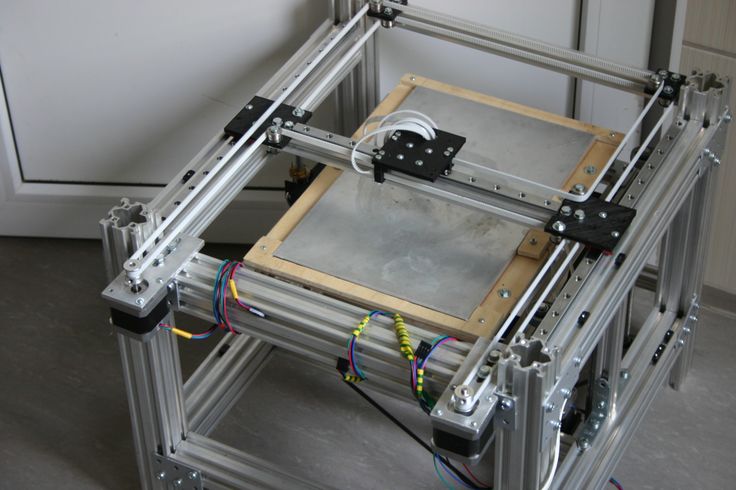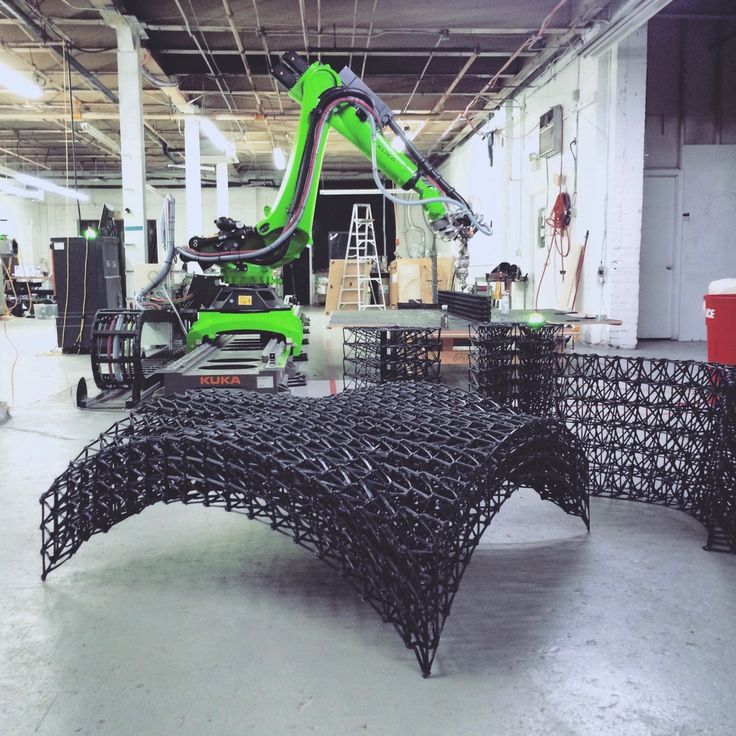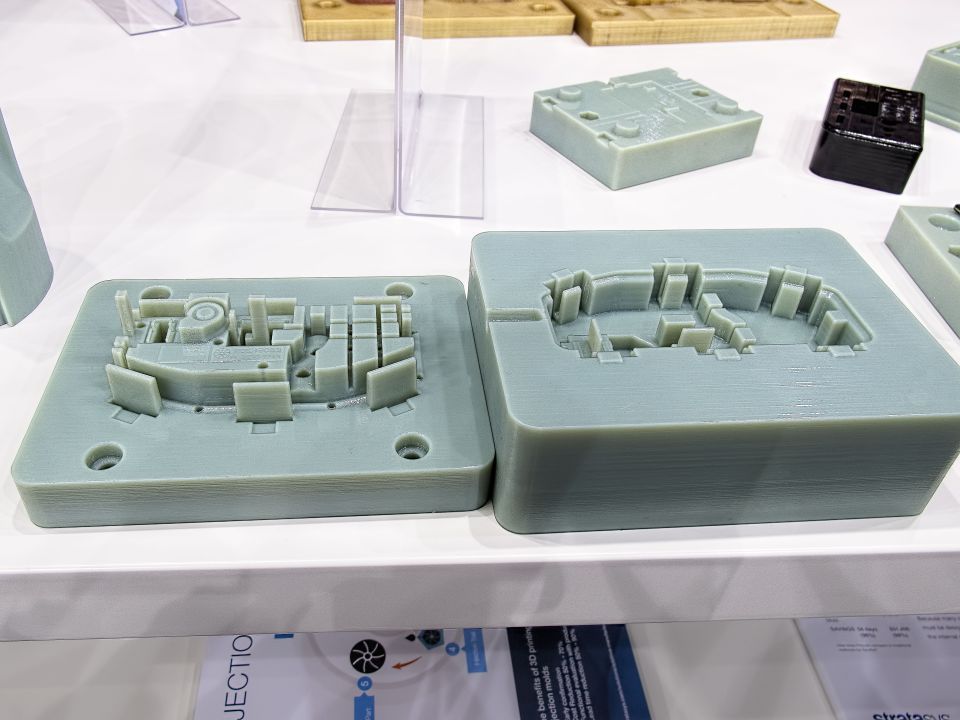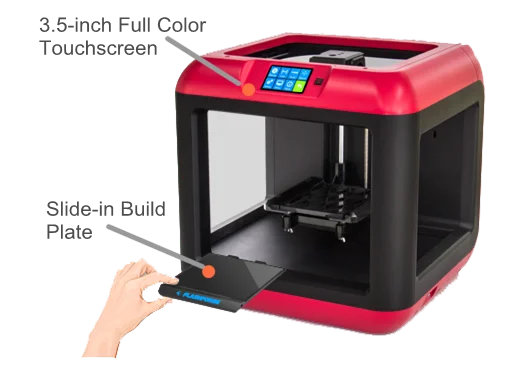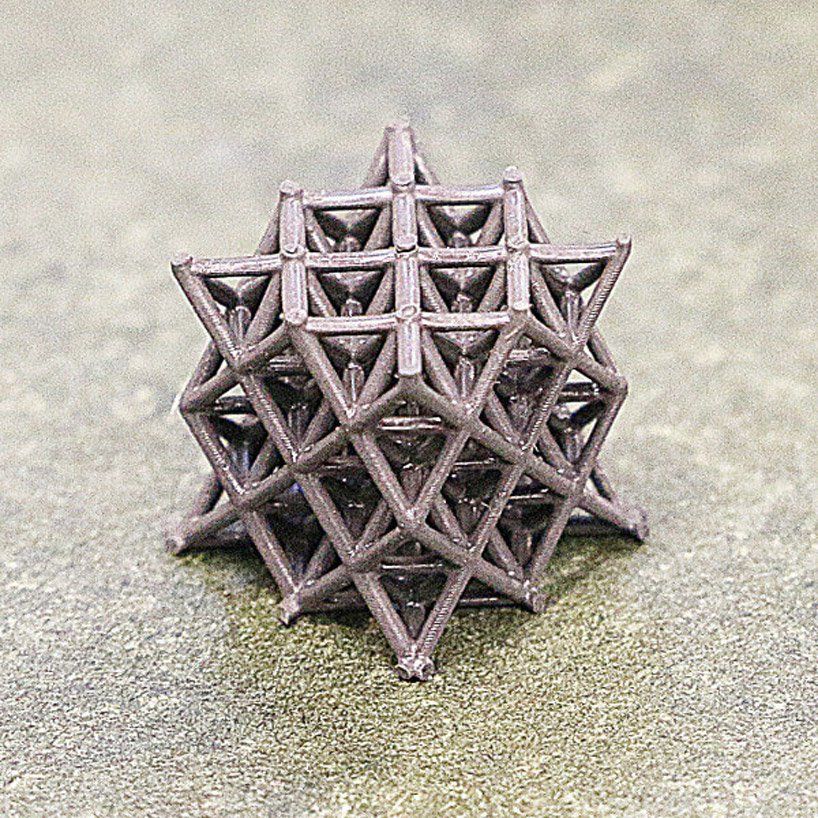Bosch 3d printer
Dremel 3D printing | Bosch Global
The Bosch subsidiary Dremel presented its first 3D printer after a very short development time. It was a great product, but consumer demand was not as high as hoped. A quick rethink led to the discovery of a new market with a great deal of potential: the scientists of tomorrow.
IoT Industry 4.0
Young Eli can now choose whether to wear an arm with Spiderman designs on it or a more standard model. The fact that this youngster with a physical disability has a choice of functioning prosthetics comes down to a 3D printer. Sold under the Bosch Dremel brand, the printer is currently in use at Hardin-Jefferson High School in Sour Lake, Texas. “We started out using it to make name tags,” says Joy Schwartz, who teaches computer science and robotics at the school. “Next we created and printed Christmas decorations, then toys, and ultimately we learned how to produce movable arms.” But for Dremel, these examples are just the initial steps. In introducing 3D printing to schools, the Bosch subsidiary has set itself the challenging goal of nurturing the next generation of STEM (science, technology, engineering, mathematics) workers.
YouTube
Video cannot be shown without your consent
While the speed at which the school generated ideas for how to use 3D printing is impressive, the agility behind the product creation process is no less striking. In 2013, excited by the potential of this technology, a small team led by Gavin Jerome had the idea of developing the first device under the Bosch Dremel brand. By November 2014, the Idea Builder was ready. When it came to launching the product, one main point in its favor was its user-friendliness for non-professional customers. But it soon became clear that consumer demand was lower than hoped. “Faced with this fact, we had only two options,” Rafael Franca says. “Either call it a day and abandon the business – or find a new market. ”
”
500 U.S. schools
are already working with Dremel 3D printers
A quick switch of responsibility – from the product development team to the business development team Franca leads – enabled Dremel to make the transition from the consumer market to the educational market. “Requirements have changed in training and education, particularly in the STEM fields,” Franca says. “STEM represents millions of jobs – a figure that is growing all the time. And yet there is clearly a shortage of young people coming through in these fields.” Dremel’s comprehensive approach, he says, can help the education system establish a new approach of its own.
Rafael Franca heads up Dremel’s U.S. business development team40 percent
of U.S. schools are going to have their own 3D printers by 2018
Scientist of the future? A Jefferson High School student in a 3D printing classThe people at Dremel are still convinced that 3D printers will become an established consumer product in the future.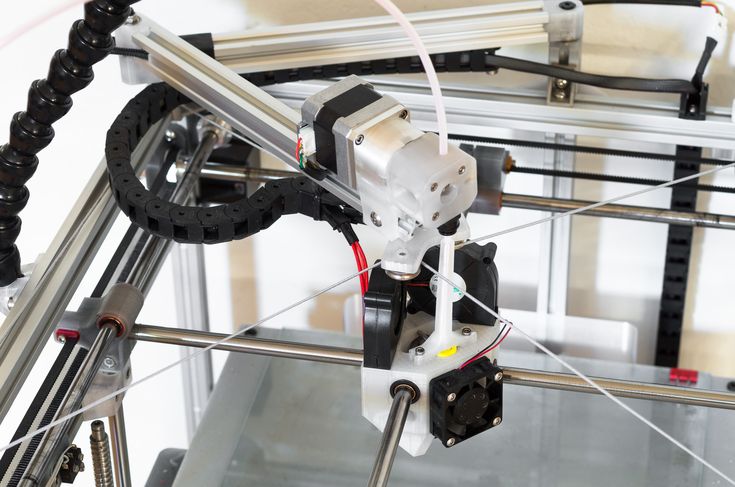 “But right now we’re at the forefront of efforts to drive knowledge of STEM subjects from kindergarten to high school,” Franca says. “We want to inspire children as they develop their talent for intuitive learning, and we want to help students in their later STEM careers – whether with Bosch or elsewhere.” To this end, Dremel has worked with teachers to develop a special 3D teaching plan that aims to encourage tomorrow’s engineers to take risks, accept when they make mistakes, and persevere. Young Eli’s prosthetic arm is just one example of how to imbue 3D printing with relevance for people’s lives.
“But right now we’re at the forefront of efforts to drive knowledge of STEM subjects from kindergarten to high school,” Franca says. “We want to inspire children as they develop their talent for intuitive learning, and we want to help students in their later STEM careers – whether with Bosch or elsewhere.” To this end, Dremel has worked with teachers to develop a special 3D teaching plan that aims to encourage tomorrow’s engineers to take risks, accept when they make mistakes, and persevere. Young Eli’s prosthetic arm is just one example of how to imbue 3D printing with relevance for people’s lives.
Summary
The Bosch subsidiary Dremel has developed a 3D printer which it sells primarily to schools. It is hoped that this technology will help inspire budding scientists.
IoT Industry 4.0
Bosch network creates solution with 3D print
- Home
- Bosch network creates solution with 3D print
Back to overview
Innovation
Web Editorial Team Editor
21.10.2021 5 min
The Bosch Group is more than the sum of its parts. By combining the knowledge and expertise of different companies and divisions from within the group, innovative solutions are created that push the boundaries of what is possible and help improve our customers’ worlds. A case in point is the production of a new hydraulic component, which Bosch Rexroth and Bosch Manufacturing Solutions came together to create using a hybrid additive manufacturing process. The result? A hydraulic component that’s "impossible to manufacture" can be produced in series.
The idea for a more efficient hydraulics solution
As a leader in sustainable hydraulics, we at Bosch Rexroth are continuously working to make our drive technology more energy and resource efficient. We recognized that one significant way of doing this is by reducing the amount of oil in hydraulic circuits. In virtual simulations, members of the hydraulics development team identified an opportunity to calm the oil flowing back through the tank by adding an additional component – a diffuser. This simple change could make a significant contribution to the efficiency of smaller hydraulic circuits, so Bosch Rexroth’s designers drew up the design for the additional component based on the simulations.
Rising to the challenge
With the design established, the next phase was to turn the idea into a series product. The manufacturing technology department at our hydraulics plant in Lohr took on the production planning for the new hydraulic component. However, the manufacturing specialists quickly realized that this component wouldn’t be easy to produce. Stefan Hövel, Head of Manufacturing Technology at our hydraulics plant in Lohr, describes the challenge: “One issue was the cost, which we needed to address to make the product affordable for our customers.”
However, the manufacturing specialists quickly realized that this component wouldn’t be easy to produce. Stefan Hövel, Head of Manufacturing Technology at our hydraulics plant in Lohr, describes the challenge: “One issue was the cost, which we needed to address to make the product affordable for our customers.”
Having decided that the component had to be made of homogeneous stainless steel without welded seams, additive manufacturing became the ideal choice. At Bosch Rexroth, we’ve been using 3D printing machines for years to produce prototypes, spare parts and very small series. But as soon as it comes to series production, 3D printing isn’t yet economically viable industry-wide.
Had the team reached a dead end? “We all saw the added value of the diffuser for our customers and the whole team felt really motivated to break new ground”, Stefan Hövel recalls.
The process of creating innovative solutions cannot be imposed top-down – it only works bottom-up in networks at working level.
Bosch-wide network project
At this point, being part of the wider Bosch Group made all the difference. The Bosch Rexroth team were able to use Bosch’s internal network for additive manufacturing, which ranges from basic research to design to machine construction. The Bosch Manufacturing Solutions team had the in-depth expertise and know-how needed, having successfully handled several additive manufacturing projects, so they were the ideal specialists to bring on board.
Additive manufacturing gives designers completely new freedom to consistently take function as the starting point. But that also means that designers have to think in a new way.
The team decided the idea was viable, but it could only be realized through a new approach in which everyone contributed their knowledge and experience. The product management team used simulation programs to check the additional function in various forms. On this basis, the designers drafted variants that matched the manufacturing technology and Bosch Manufacturing Solutions with a 3D printing machine at our Lohr plant. All progress was shared amongst the team immediately and step-by-step they got closer and closer to the result they wanted, but it still wasn’t quite enough.
All progress was shared amongst the team immediately and step-by-step they got closer and closer to the result they wanted, but it still wasn’t quite enough.
Hybrid additive manufacturing solution
The decisive breakthrough was the decision to use a hybrid solution, whereby we use a standard nut onto which the 3D printing machine prints the functional surfaces.
Despite all the specialist equipment the team have on site, sometimes a simple, practical approach is required. To test the first iteration of the ‘printed’ diffuser, one of the designers took the component home, screwed it into his garden hose and observed how the water flowed into a container without turbulence – just like the simulations had predicted.
The patent-protected hydraulic diffuser went on to pass further, more rigorous tests, and at the same time fulfilled the requirement for a hydraulic component that can be produced economically using additive manufacturing.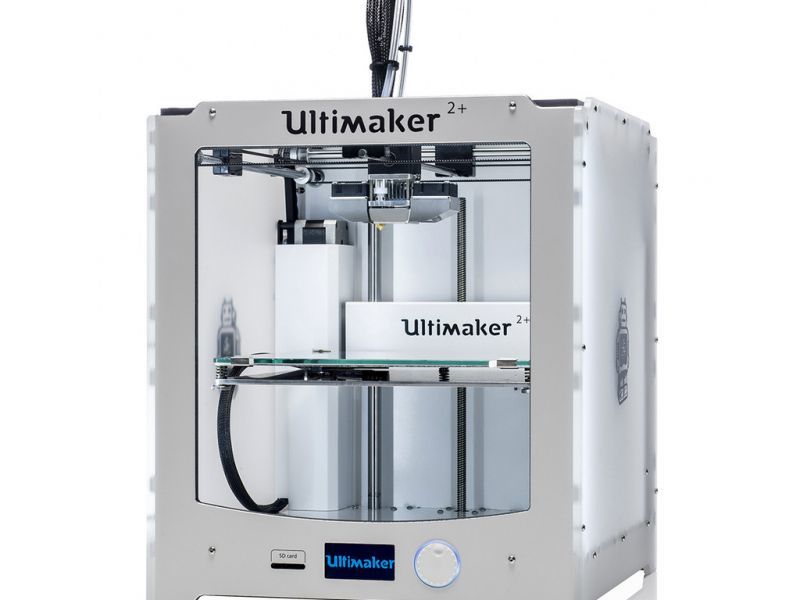
We’re now at the point where we can achieve competitive manufacturing costs with automation.
Scaling for series production
The next step is about optimizing the process for series start-up. So far, most of the process has been performed manually because the 3D printing machine we’re using has a closed system and only allows certain activities to be done manually. Based on the results of this joint project, Bosch Manufacturing Solutions have started work on an additive manufacturing system that’s tailored to the hybrid process and open to automation.
A core element of this is the use of Bosch Rexroth’s MTX control and drive solution. In addition to its high performance, it offers the possibility of integrating functions tailored to the application independently and of making one's own parameterizations. This enables the software specialists at Bosch Manufacturing Solutions to significantly reduce process times and at the same time achieve the required level of accuracy in a reproducible manner – the prerequisites for economical production.
The first prototypes produced with the hybrid additive manufacturing process are proving themselves with customers and meeting all the expectations of the team. The new hydraulic diffuser makes an important contribution to significantly reducing the amount of oil required in hydraulic circuits. This project has demonstrated once again that the Bosch Group is more than the sum of its parts, it’s a unique reservoir for creating innovative solutions through cross-divisional cooperation.
Stefan Hövel
Head of Manufacturing Technology at the Bosch Rexroth hydraulics plant in Lohr
Andreas Reifert
The responsible group leader at Bosch Manufacturing Solutions
Watch the video to see our additive manufacturing process in action
Back to overview
Best Files for Bosch 3D Printers・Cults
Wall mount for Bosch 18 V charger and battery, very simple but very effective
Free
Wall bracket for Bosch Power Tube 500/625 battery
€4. -50% 2.45€ 90
90
Bosch tool holder 36 volt Wall bracket
2 €
Bosch Optimum VeggieLove Cupboard holder
0.50 €
Worx 20V Battery to Bosch Tool Adapter
€0.94 -35% 0.61€
Deflector BOSCH FSN Rail
Free
Bosch Akku Skadis
Free
Bosch Drill-Holder Skadis
Free
Bosch 36/2 bicycle charger
Free
Bosch bicycle charger 36/4
Free
Pièces pour coffret Bosch X70TI/Parts for Bosch X70TI box
Free
Bosch Profile 40x40 Cable holder
Free
MILWAUKEE CLEAT'N'FEET STEALTHMOUNTS
9,99 €
Bosch LAPD Badge
6.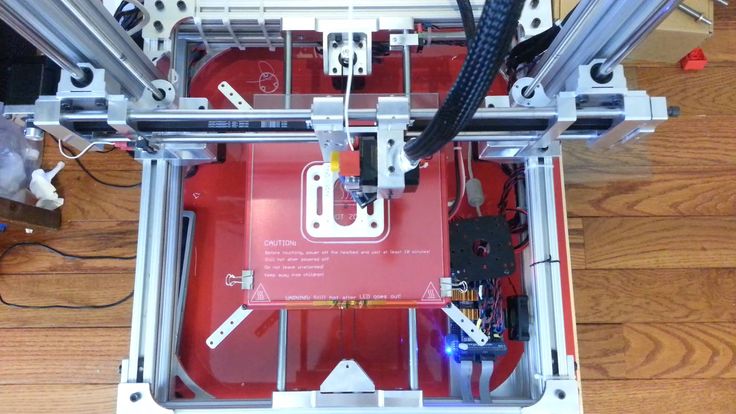 99€
99€
Camera Stand - Bosch Home 360°
Free
MMPR - Black Ranger Helmet - Cosplay Props - 3D STL file
€34.09 -50% 17.04 €
Injection Bosch k-jetronic
1.65 €
nine0002 Bosch GTS 10 XC Absaugadapter für Schutzhaube - 50mm OutletFree
Bosch GTS 10 XC Absaugadapter für Sägegehäuse - 50mm Outlet, 45°
Free
Absaugadapter Bosch Professional auf 50mm
Free
Holder BOSCH GLUEY EVERGREEN
Free
nine0002 Cover Bosch Rexroth 30x30Free
trimmer blade with zipper
free
ADAPTER BOSCH GDR PSR 14,4V 12V to EINHELL BATTERY X-Change 18V
5,36 €
Bosch Door Tray Riser Extension Adapter
Free
Dust cyclone port adapter, 50 mm, 9 angle0 degree, with BOSCH "push and clean" hose connector.
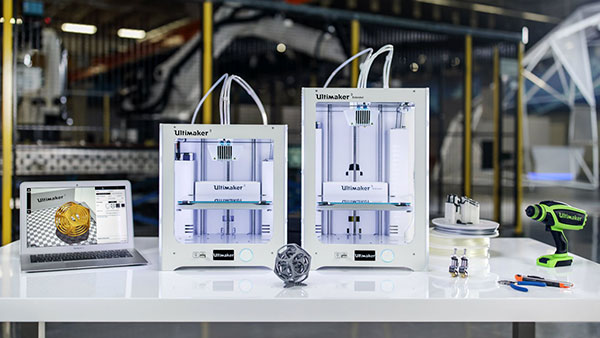
Free
50mm Cyclone Dust Collector Adapter with BOSCH Push and Clean Hose Connector
Free
Hose (OD 40 mm) with snap connector for BOSCH "push and clean"
Free
BOSCH hose (OD 40 mm) connecting
Free
Spare parts for meat grinders Pinion Bosch MFW 45020, Siemens MW67440
11 €
Adapter BOSCH old vac GAS
Free
Bosch GCM 8S Miter Saw 45 Degrees Cutting Support
Free
Wandhalterung Bosch PowerTube 625 mit Cover / Abdeckung
Free
Bosch LockOut E-Bike
2 €
BOSCH GTS10
1.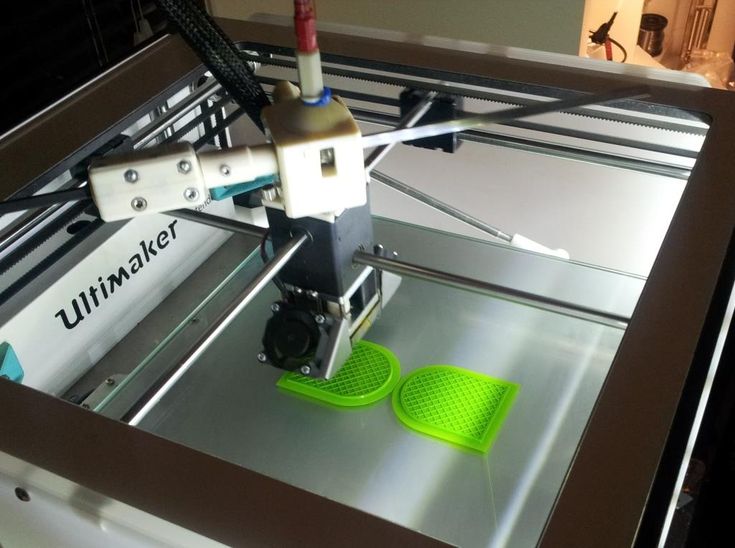 71 €
71 €
Bosch GCO200
2.14 €
BOSCH RA1171 Dust Collector Adapter 58mm with push and clean hose connector
Free
Hose OD 32 mm with snap connector for BOSCH "push and clean"
Free
Bosch RA1171 Milling Table Dust Hole Divider Press and Clean Adapter
Free
KREG Precision Router Lift + 3.5" cutter motor (ex: BOSCH GMF1400, 1617) Dust extractor
Free
Storage system Sortimo/Bosch Boxx
25 €
nine0002 Sanding plate Bosch GSS 16AFree
Bosch meat grinder gear
Free
Bosch PTS10 Absaugadapter
Free
Wall mount for Bosch ProCore battery
1 €
Battery holder Bosch Professional
3 €
DC3D Work belt holder
15 €
Bosch cordless screwdriver
0. 99 €
99 €
Using Bosch Rexroth components for industrial 3D printers
Nasir Seferbekov, who took part in the launch of the first robotic complex in Kazan.The modern component base of most manufacturers is able to satisfy even the most sophisticated fantasies of manufacturers and developers of equipment for 3D printing. There is a wide range of different types of drives on the market: from classical ball screw drives to linear drives with higher speed and acceleration parameters. At the same time, most manufacturers are focused on the supply of components for proven technical solutions. This significantly reduces the costs of end users in cases where it is not necessary to develop requirements for the product, taking into account the fact that the final product has critical operating modes, must be provided with the supply of necessary spare parts throughout the entire period of operation and, if necessary, finalized after the pilot with the first customers . nine0203
Overview of components
Bosch Rexroth is one of the suppliers of components for machine tool product development. The range of components can be used both in linear motion systems with three or more axes, and for solving specialized tasks, oriented to needs that are not classical.
The range of components can be used both in linear motion systems with three or more axes, and for solving specialized tasks, oriented to needs that are not classical.
For example, a solution for laying out plastic-reinforced products based on an industrial robot is not a trivial task, both in terms of controlling the number of axes and parameters. In most cases, the development of such products requires the most flexible programming system, which allows for synchronous supply of: plastic and carbon threads, movement of the laying head by a robot and ensuring the quality parameters of the technological process. Thus, we come to the need to provide developers not only with drives capable of performing the corresponding movements, but also with the necessary environments for developing control programs, as well as the necessary interfaces. For engineers who have chosen Bosch Rexroth, their own development environment Open Core Engineering and the unified Mathlab platform are available, on the basis of which a significant number of solutions have already been implemented in various industries. nine0005
nine0005
The advent of the 3D printing industry has spurred the development of new niche applications for Bosch Rexroth components. One of the examples was Anisoprint industrial solutions presented at Formnext 2018 in Hannover. Most of the products shown as prototypes at this show are already industrial solutions in demand around the world. For them, a critical success factor is the feedback of customers who have satisfied their demand. In 2022, at the Interplastica-2022 exhibition, a presentation by RENA SOLUTIONS LLC was presented, which demonstrated the stages of development of technical solutions that are in demand all over the world. The first delivery of a solution with an industrial robot was carried out as part of a project with the Kazan Aviation Institute. In 2022, Anisoprint has already implemented dozens of projects in cooperation with educational and scientific institutions on a global scale. nine0005
Help
As a global company, Bosch Rexroth supports global mechanical engineering with cutting-edge technological advances and unique industry expertise.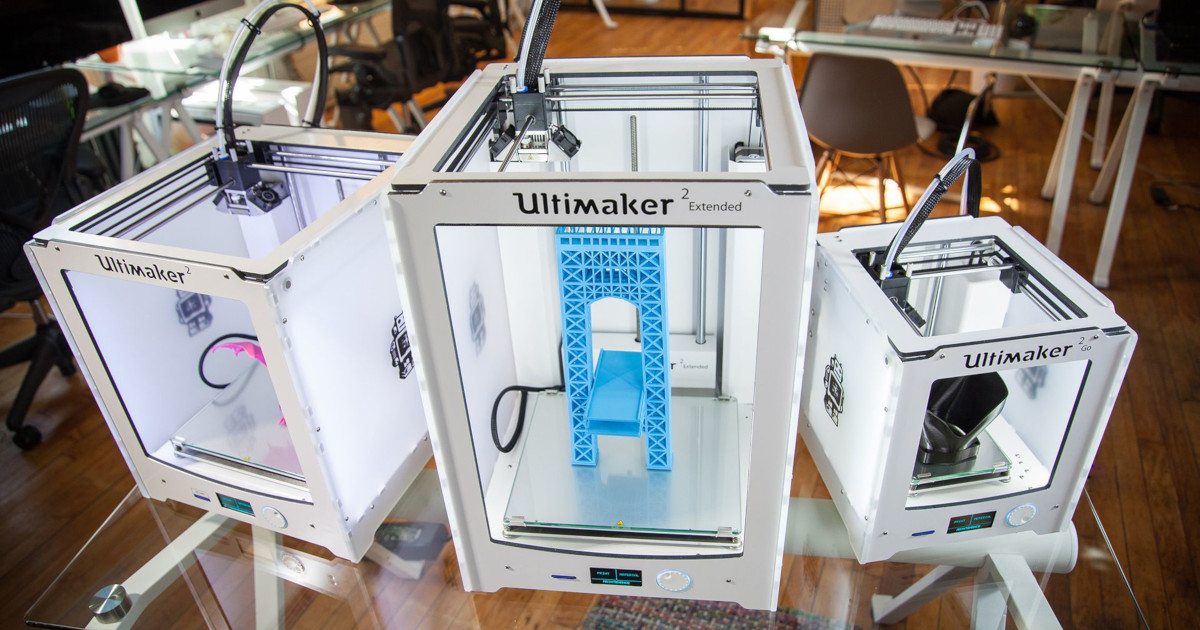
Learn more



